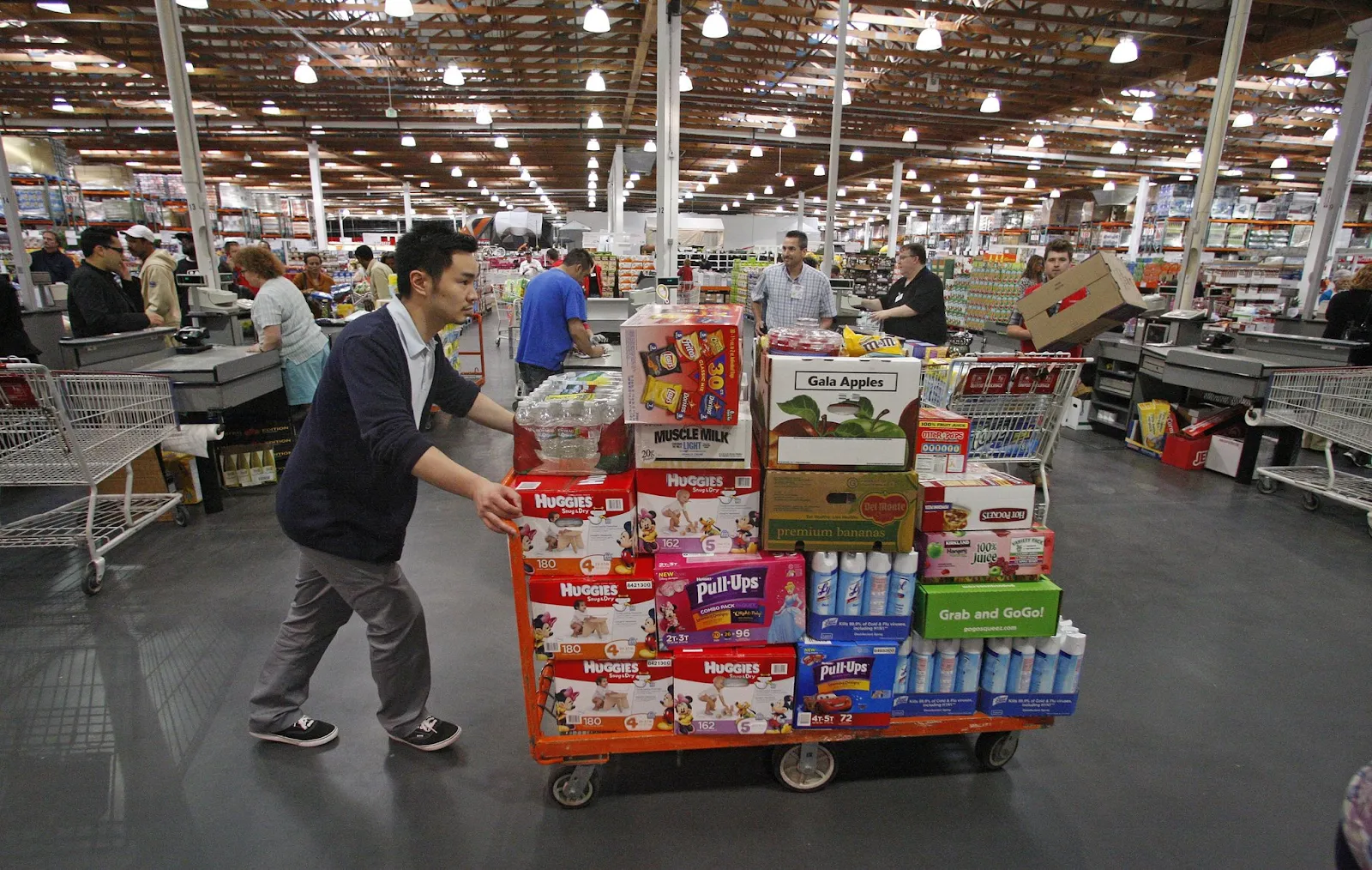The Labor Department reported Thursday that wholesale inflation rebounded in January, as producer prices rose more than expected.
In June, the producer price index, a measure of what raw goods sell for on the open market, rose 0.7%. Analysts had expected a rise of 0.4% after December's decline of 0.2%.
In contrast to expectations for a 0.3% increase, the core PPI increased by 0.5% excluding food and energy. The core excluding trade services rose 0.6%, compared with an estimate of 0.2%.
The headline PPI increased 6% in a 12-month period, still high but much lower than its peak of 11.6% in March 2022.
Futures tied to the Dow Jones Industrial Average fell about 200 points after the release.
Despite not being as closely followed as some other inflation metrics, the PPI measures the first price producers get on the open market.
The rise in the PPI was accompanied by a 0.5% rise in the consumer price index for January, which measures the prices consumers pay for goods and services in the marketplace. As a result of a combination of these metrics, it is evident that while inflation seemed to be subsiding as 2022 came to an end, it kicked off the new year with a vengeance.
Compared to previous months, January saw a more muted rise in prices and economists are putting this down to both seasonal factors and a payback from previous months that showed a more pronounced rise in prices. The unseasonably warm winter might also have played a role in the decline, while fuel prices, which have a tendency to fluctuate, have also increased during the month.
Retail sales increased 3% for the month and 6.4% from a year ago, according to a report Wednesday.
The Labor Department reported on Thursday that initial jobless claims were 194,000, a decline of 1,000 from the previous week, which was below the Dow Jones estimate for 200,000, according to economic data released by the Labor Department. As for the Philadelphia Federal Reserve manufacturing index, which was released for the month of February, it plunged to -24.3, which was far below the forecast of -7.8.
As the Fed's policymakers are devoted to inflation, the January numbers are unlikely to sway them from their stance that, despite the fact that progress is being made, no letup will be expected in the near future.
The Cleveland Fed's Loretta Mester said in a speech Thursday morning that she expects inflation to make a meaningful improvement this year and continue to improve over the next few years, reaching 2% by 2025. "However, my outlook depends on appropriate monetary policy."
Data from CME Group indicate that markets expect the Fed to raise rates a few more times this year, with the final rate ending around 5.25%-5.5%, up from its current 4.5%-4.75%.
Despite a 5% rise in energy costs, it was only a 1% decline in food prices that caused the PPI to increase. In the final month of the month, the final demand index for goods increased by 1.2%, which is the largest one-month increase since June. It is estimated that about one-third of that rise can be attributed to an increase of 6.2% in the gasoline index.
Prices for final demand services less trade, transportation, and warehousing contributed 0.6% to the 0.4% increase in the services index. A 1.4% increase in the index for hospital outpatient care was also a significant factor.

Subscribe to our newsletter!
As a leading independent research provider, TradeAlgo keeps you connected from anywhere.








